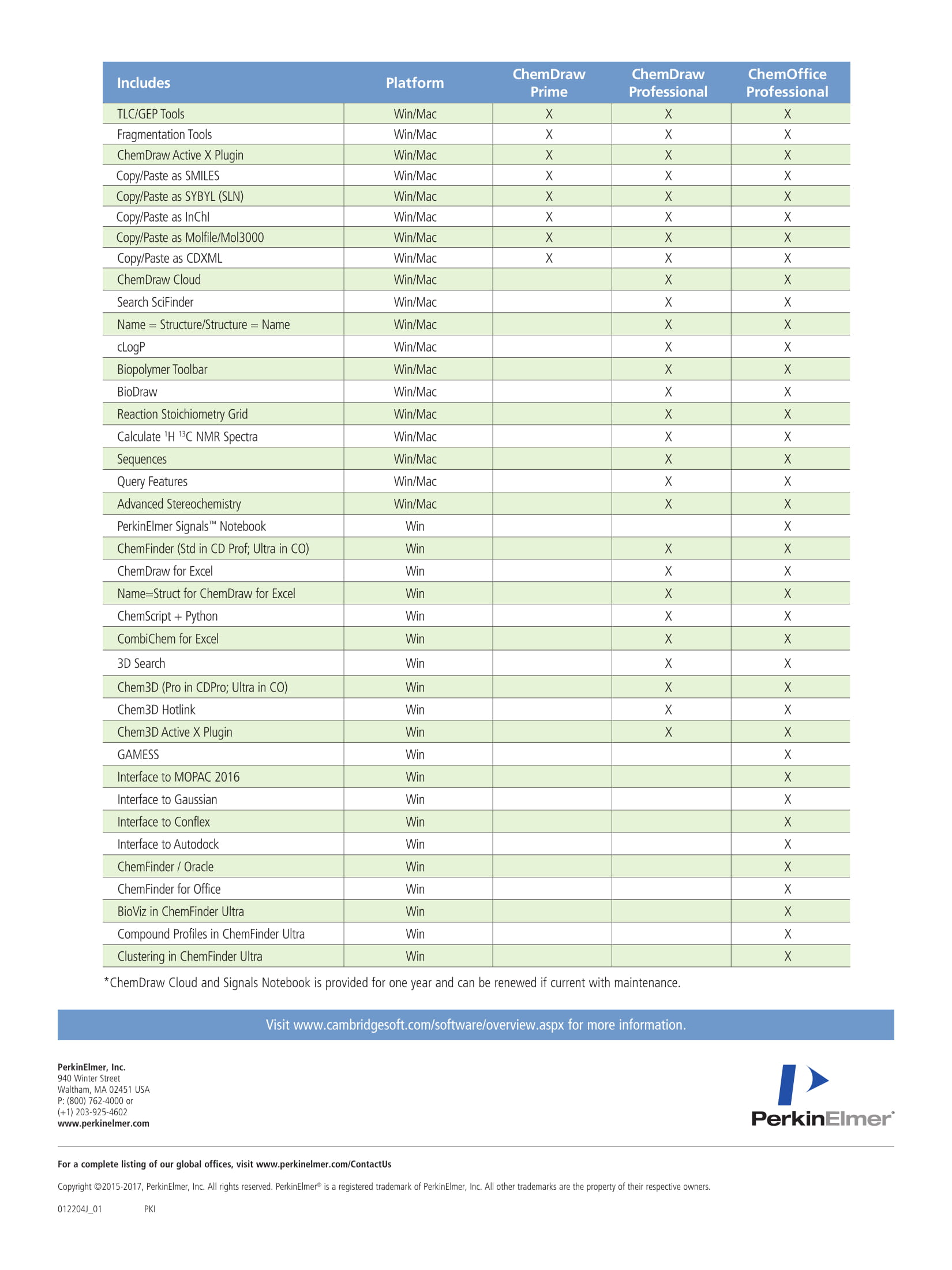

Our results indicate that AuNFs show considerable antifungal activity against F. The minimum inhibitory concentration (MIC) value of AuNFs was 125.7 ± 0.22 μg mL −1. The inhibitory effect was influenced by the size, dose treatment, and particle shape. Nevertheless, spherical-AuNPs were not effective against F. solani in a dose-dependent manner using Agar well diffusion. AuNFs exhibited a significant ( P < 0.05) inhibitory effect against F. The UV-vis, XRD, and TEM confirmed the SPR peak of gold (550 nm) and gold element with a particle size distribution of 20–80 nm for the nanostars respectively. The as-synthesized QPABA serves as a reducing and capping agent for the synthesis of gold nanoflowers (AuNFs) and gold nanostars (AuNSs). TLC analysis showed that QPABA ( R f = 0.628) was more polar in water than quercetin ( R f = 0.714). The structure elucidation was confirmed using 1H and 13C-NMR.


Quercetin- para aminobenzoic acid (QPABA) was synthesized using reductive amination by reacting para-aminobenzoic acid with quercetin in an eco-friendly solvent at 25 ☌. The present study demonstrates the comparative dose effects of QPABA-derived branched gold nanomaterial (AuNF) and quercetin-mediated spherical gold nanoparticles (s-AuNPs) against Fusarium solani spp. Strategic biocontrol of Fusarium solani spp using phytochemical mediated nano-materials is eco-friendly compared to harsh synthetic fungicides. The widespread wilt disease caused by Fusarium solani spp is a pressing problem affecting crop production and intensive farming.


 0 kommentar(er)
0 kommentar(er)
